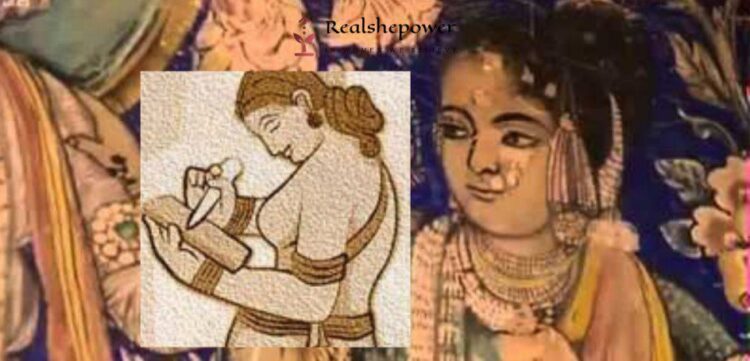Indian women scientists and thinkers breaking glass ceiling since 1000BCE


Historically women’s role in social, political, and scientific fields remains abysmal, but with a shinning exception of Indian women. When Europe started discussing gender equality in the eighteenth century, Indian women had long before devoted their lives in search of truth and gave astounding results in the field of science and mathematics.
Rupa Bai Furdoonji, Mary Poonen Lukose, Anandibai Gopalrao Joshi, Kadambini Ganguly, Janaki Ammal, Kamala Sohonie, Asima Chatterjee, Rajeshwari Chatterjee and Kalpana Chawla were some of the most celebrated Indian women scientists of the 19th and 20th-century. If we rewind ourselves further into the Vedic and Itihasa period (1000 BCE – 600 BCE) personalities like Gargi Vachaknavi, Lilavati and Maitreyi overshadowed their male counterparts by being adept and experts in their respective fields.
Gargi Vachaknavi is regarded as one of the most renowned Indian sages of the Vedic age. She mastered Hindu scriptures and Itihasa and studied Vedic philosophy, surpassing many of her contemporary male sages in her knowledge. According to Brihadaranyaka Upanishad, King Janaka of Videha held a Rajasuya Yagna and invited all the learned seers, sages, princes and kings of India to participate. The galaxy of scholars included Gargi Vachaknavi and the renowned sage Yajnavalkya. Eight renowned sages challenged the latter for a debate, including Gargi. The exchange between Yajnavalkya and Gargi was centred on the facets of reality. From metaphysics to questions of existence were raised and discussed. Gargi asked Yajnavalkya:
सा होवाच यदूर्ध्वंयाज्ञवल्क्य दिवो यदवाक्पृथिव्या यदन्तराद्यावापृथिवी इमे यद्भूतं चभवच्च भविष्यच्चेत्याचक्षते कस्मिंस्तदोतं च प्रोतं चेति॥ (Brhd. Upan. 3.8.3)
what is that which pervades ‘above the heavens, below the earth and in between the two (heaven and earth) about which they say it was, is and will be (exist)’. She also asks about what is it upon which the ‘world is woven back and forth. She further asked a number of questions on the Universe, the stars and the Sun and the moon. Her knowledge, intellect and wisdom were revered by the sages present there.
Gargi was also honoured as one of the Navaratnas (nine gems) in the court of King Janaka of Mithila.
Another Brahmavadini named Sulabha discussed the truth of entities, in what she called Atmatattva or the ‘essence of the self’, saying that any physical body is formed by the combination of animate and inanimate substances filled with Mithyajnana or ‘false identification/knowledge’. According to her, once the unity of this Atmatattva is understood, the diversity is dissolved and then Sva (self) and Para (others) cease to exist.
Lilavati, the daughter of the renowned mathematician Bhaskaracharya was known for her mathematical prowess. It is said that Lilavati was an active collaborator with her father as the subject of many of his mathematical verses. Another father-daughter pair that made ripples in the world of science and mathematics is that of Varahamihira and Khana, albeit the latter was the former’s daughter-in-law and their area of expertise was astronomy. The story of Khana (Khona) is popular in Bengal and eastern parts of India, and she is believed to have lived during the 5th century CE. Varahamihira, a key member of the royal court of King Chandragupta II Vikramaditya, was a great mathematician and astronomer. He wrote the seminal works Pañcasiddhāntikā and Brihat Samhita. There is a story that one day, Varahamihira returned home bothered, since the King had wanted to know the number of stars in the sky and Varahamihira was unable to answer. Khana came to his rescue and solved the problem, which was later shared by Varahamihira with the king.
Our Itihasas are full of such wisdom and Sthitpragya (स्थितप्रज्ञ) women and men. Those who unravelled the secrets of this world through their तपस्या, dedication and selflessness. Instead of celebrating our success, foresightedness and ocean of knowledge, we as Indians have always denied our glory. We look at the west, we ape the west, without valuing the gold we have with us. This is an attempt to celebrate who we were with a hope to become that in the near future.
Prithiva Gupta

I had no idea about this. I think we as Indians need to write more and celebrate our heritage and superb intellect. Excellent piece.
Can you write a full article on Lilavati? Hardly anyone knows about her